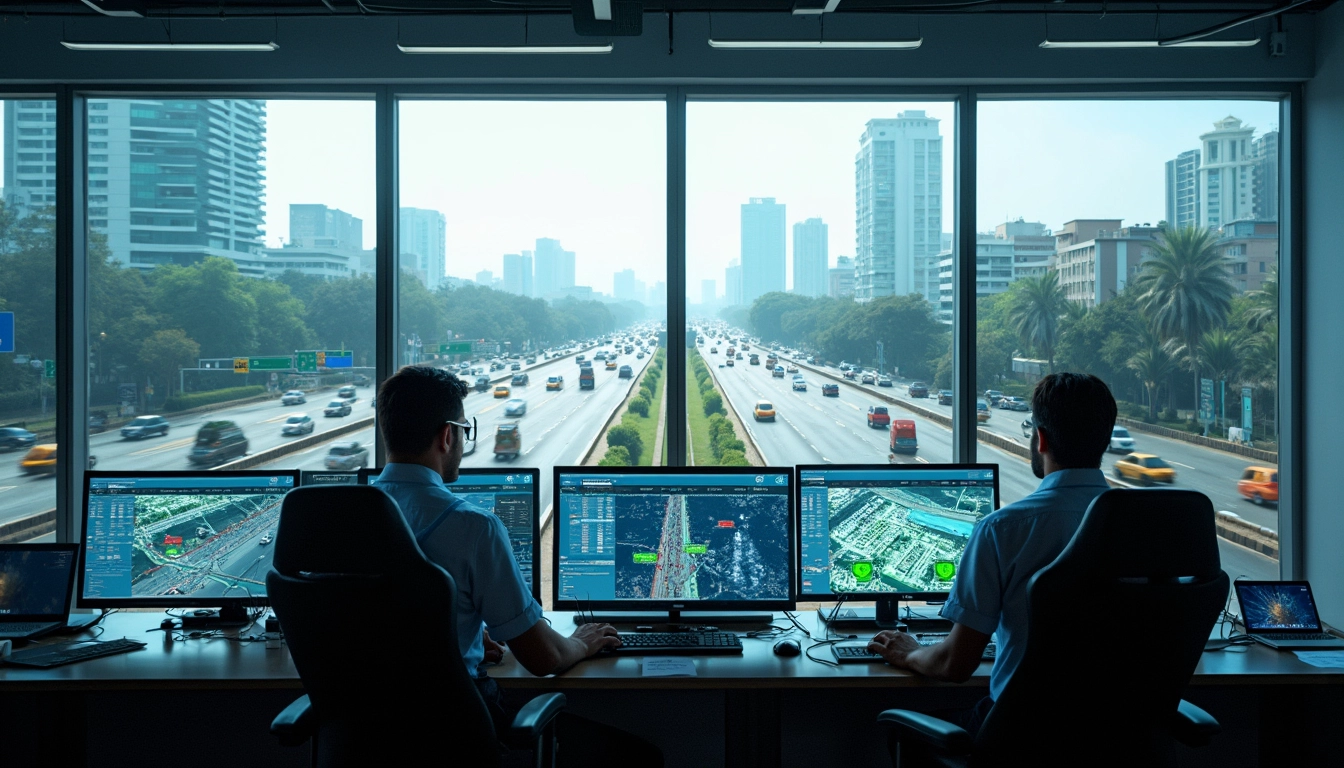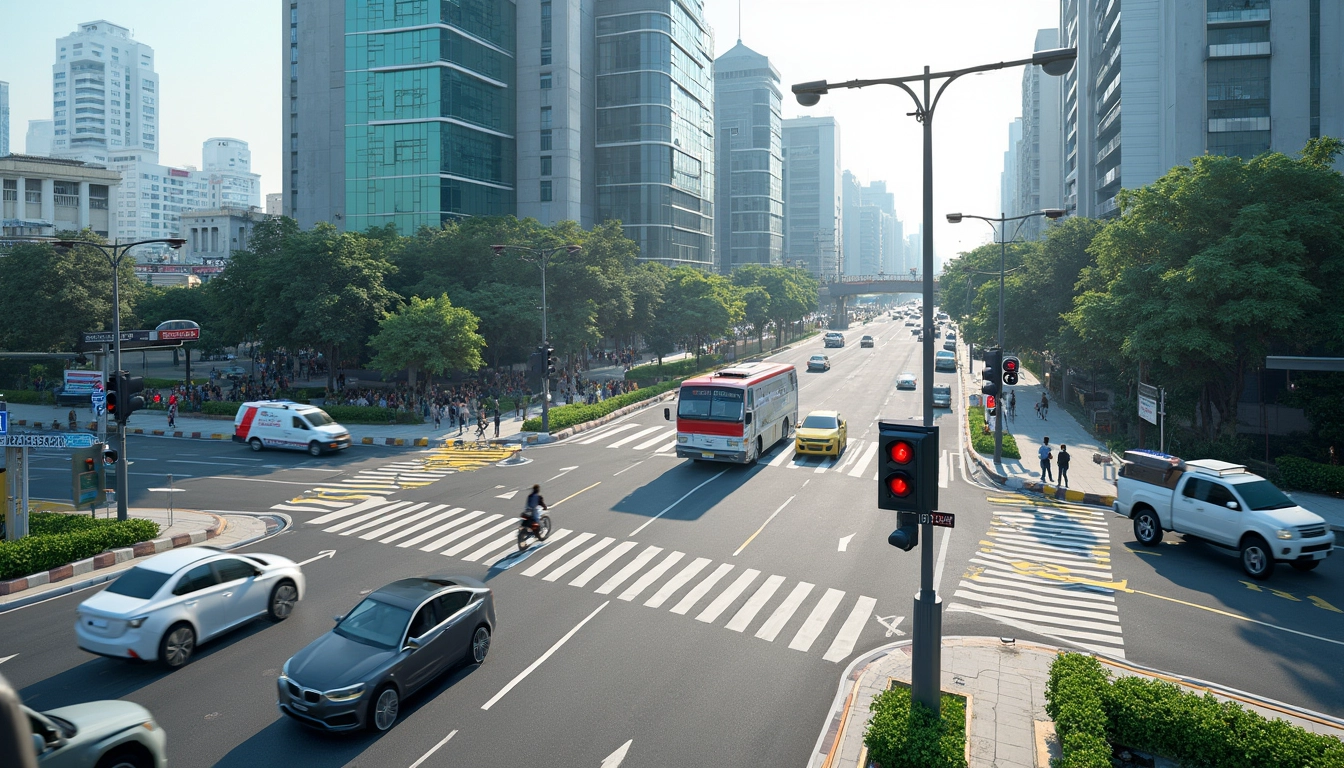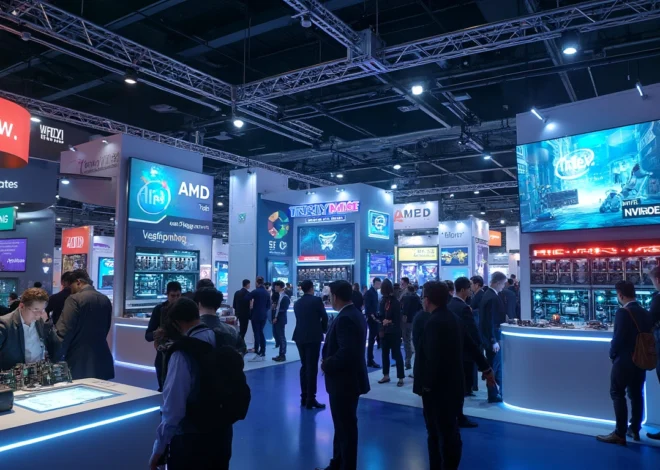
Bengaluru AI Traffic System Boosts Vehicle Speed By 20 Percent
Bengaluru’s implementation of an AI-powered traffic management system has sparked a significant transformation in the city’s commuting experience, boosting average vehicle speeds from 12.5 km/h to 15 km/h. The Bengaluru Adaptive Traffic Control System (BATCS) demonstrates how artificial intelligence can revolutionize urban mobility and create more efficient traffic flow patterns across major corridors.
Table of Contents
Key Takeaways:
- AI-enabled cameras and sensors monitor real-time traffic density across 72 intersections
- Average vehicle speed increased by 20% since the system’s launch in May 2024
- Travel times reduced by up to 33% at key junctions in Bengaluru
- System creates synchronized ‘green waves’ along major corridors
- Plans to expand coverage to 165 major junctions by January 2025
Understanding BATCS: The AI-Powered Traffic Solution
The Bengaluru Adaptive Traffic Control System uses advanced AI algorithms to analyze traffic patterns and optimize signal timing. Similar to how AI processors revolutionize computing speed, BATCS transforms traffic management through real-time data processing and automated decision-making.
Real-Time Monitoring and Adaptation
The system’s network of smart sensors and cameras continuously monitors vehicle density at intersections. These components work together to create dynamic signal timing adjustments, responding to current traffic conditions without manual intervention. This automated approach to traffic management is made possible through advanced AI computing capabilities.

Improved Traffic Flow Metrics
The implementation of BATCS has delivered impressive results across major corridors. JC Road has seen a 61% increase in average speed, while BTM Layout, Hosur Road, and Jayanagar have experienced improvements of 43%, 48%, and 34% respectively. These improvements showcase how AI-powered solutions can transform urban infrastructure.
Economic and Environmental Benefits
Beyond speed improvements, BATCS creates substantial economic benefits. Each vehicle saves approximately Rs 9 in fuel costs per journey. The system’s efficiency reduces idle time at signals, leading to lower emissions and improved air quality. For businesses looking to automate their operations similarly, platforms like Latenode offer automation solutions that can boost operational efficiency.
Future Expansion and Integration
The success of BATCS has paved the way for its expansion to 165 junctions by January 2025. The system’s flexible architecture allows for future integration of pedestrian and public transport priorities, making it a comprehensive solution for urban mobility. As the system expands, it’s expected to further reduce travel times and increase average speeds across Bengaluru.


